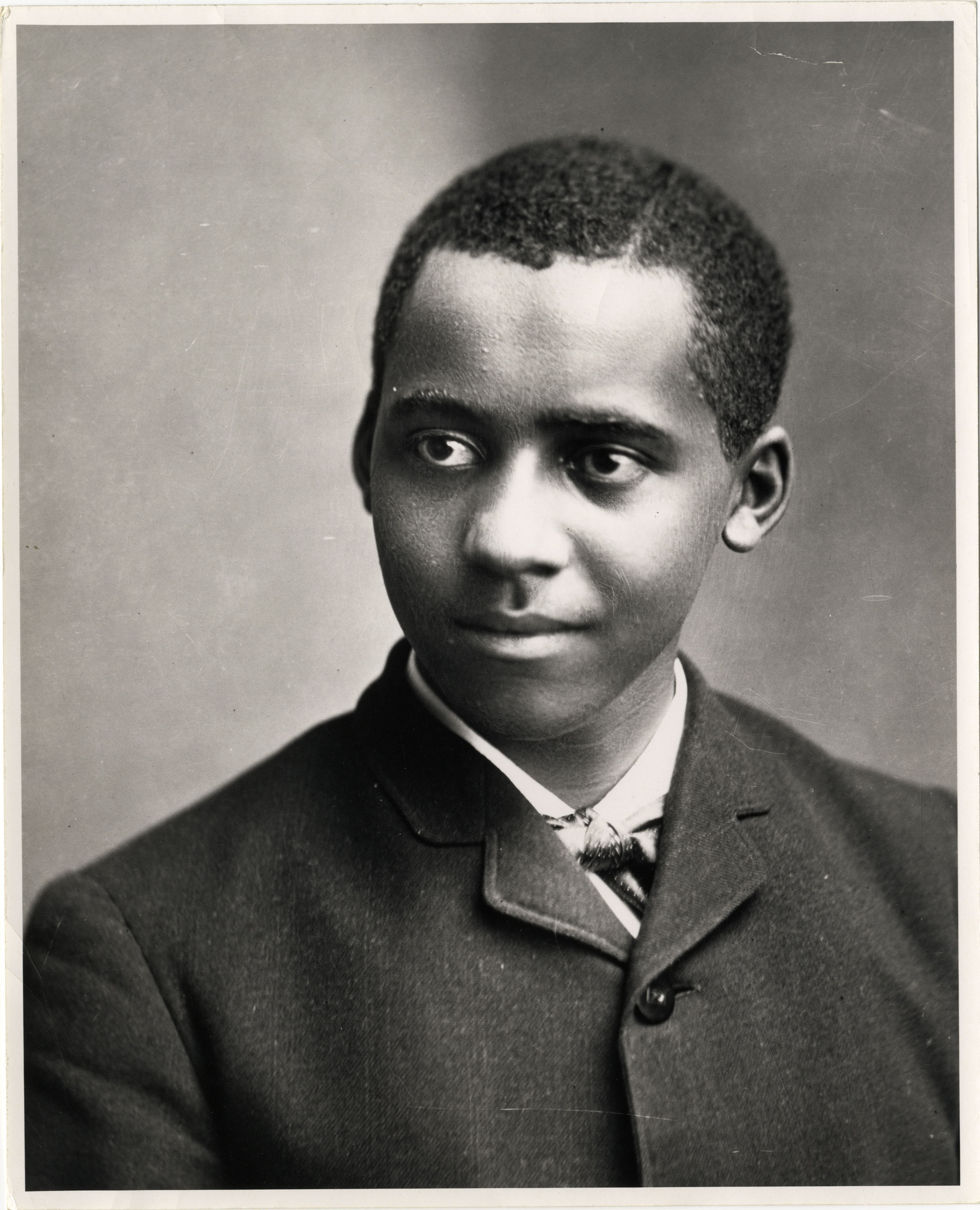
Imagine a time three years before radio and 30 years before television. Imagine buying a movie theater ticket for only a dime or a Hershey chocolate bar for only three pennies.
The year was 1917. The place was Detroit’s black community. It’s the subject of my new book.
African Americans have lived in Detroit since the 1700s, according to Dr. Norman McRae, a historian who penned Blacks in Detroit, 1736 – 1833: A Search for Community on the Western Frontier. Throughout the 1800s, some of the most recognizable names in Detroit belonged to long established black families like the Coles, the Pelhams, and the Willises. Many of them came from southern states looking for freedom, for jobs, and for a better way of life. Some of them found that in Detroit; others, however, did not.
Henry Ford, founder of Ford Motor Company, announced in 1914 that he would pay factory workers $5 each day now that he had developed the assembly line to mass produce automobiles. Blacks and others heard Ford’s call and migrated to the boomtown. The African American population in Detroit increased from 5,700 in 1910 to 120,000 in 1930 and it became America’s fourth largest city. Only New York, Chicago and Philadelphia had more residents.
Most blacks in 1917 lived east of downtown, in a community called Black Bottom, a tiny neighborhood with rent prices as high as a kite. Its name describes the rich, fertile and dark soil there. During the 1800s, farmers who immigrated to America from European countries lived in the neighborhood until the early years of the 1900s. Most of the city’s blacks were packed between the boundaries of Rowena (now Mack Avenue), Hastings, Macomb and Brush streets.
Community night dances, sponsored by the Urban League, were held at Bishop School near Black Bottom. The Tuesday night event had a ten cents admission price and attracted as many as 500 teens and young adults.
During the warm months, there was a Sunday afternoon baseball league in the neighborhood. During the cold months, a basketball league operated. Children were involved in Boy Scouts and Campfire Girls of America troops, sponsored by the Urban League.
It happened in 1917:
- Robert A. Burt, a 32-year-old black musician, in February married Josephine Lang, a 23-year-old white woman, the first license applied for by a Negro and a white person in a long time. In some American communities in 1917, miscegenation laws made it illegal for blacks and whites to marry.
- Entertainer Al Jolson, a Jewish man who had performed in black face, visited Detroit in March to star in Robinson Crusoe Jr. at the Garrick Theatre downtown. Jolson spoke out against segregation and had black friends who did not find his work offensive. Not all African Americans, however, approved of black face. In fact, some thought it mocked black people.
- Recorder’s Court Judge Edward Jeffries in March congratulated jurors on their “broad-mindedness” after they acquitted Levi Pruitt, a black man, of the murder of Charles Nielands, a white man.
- America entered World War I on April 6. In the fall of the year, about 600 black men from Detroit were drafted by the U.S. Army and trained at Fort Custer in Battle Creek. They were not allowed to fight alongside whites and most are scheduled to serve as cooks in service units.
- David and Daisy Northcross established Mercy Hospital, the city’s first black medical institution.
- Second Baptist Church, Michigan’s first black home of worship, helped to found Hartford Avenue Baptist Church, the first black church located west of Woodward Avenue. Hartford was founded on May 27; the Rev. Edgar Wendell Edwards served as its pastor.
Ken Coleman is an author who writes frequently about black life in Detroit.